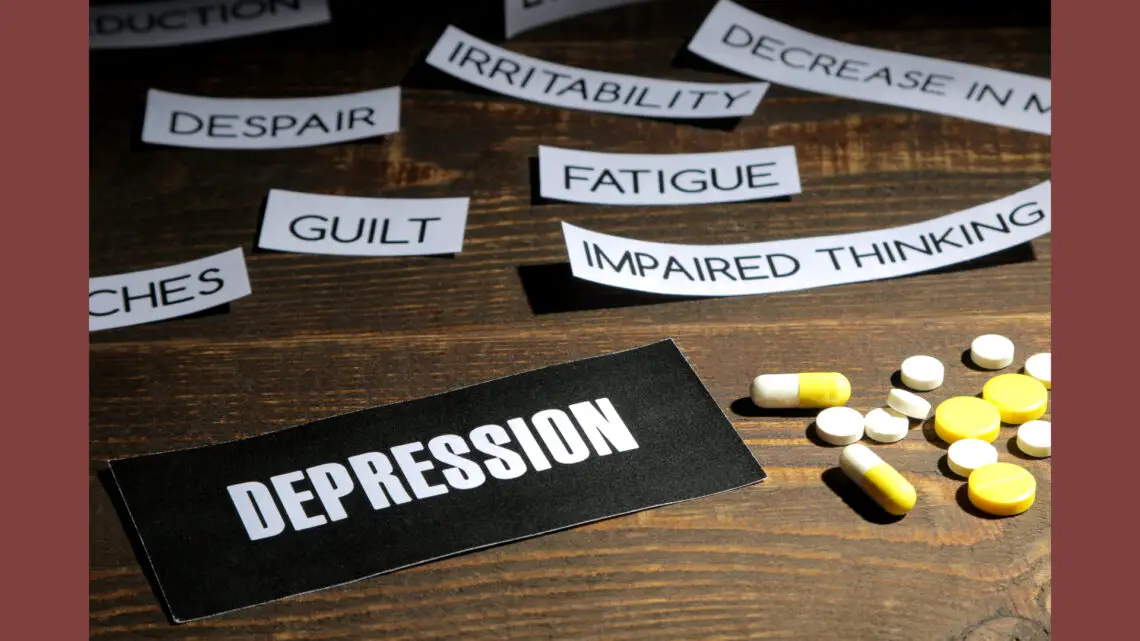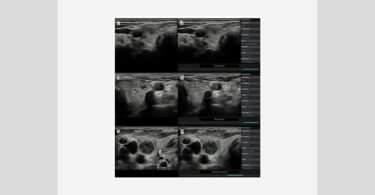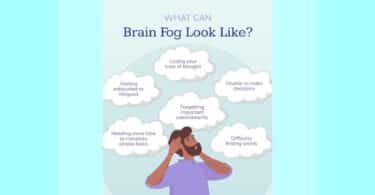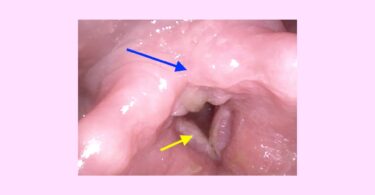One day, a man who was approximately 30 years old came to my office accompanied by his mother-in-law. He said he wanted me to analyze her case, as she was suffering from the same kind of health problem his mother had had and whom I had cured 8 years before.
He added that her cure was so evident and especially quick, that everyone in the family had been amazed. As I had seen this man only once in my life and this was 8 years ago, I was unable to recognize him and much less remember his mother’s case.
After I finished my examination of his mother-in-law, the young man told me his mother’s name so I could look up her clinical history in my files. It was an unexpectedly short history of 2 or 3 lines. On seeing it and the prescription I had written, I remembered this woman’s case. She was a 47 year old patient who had been suffering from depression for more than one year, manifested by constant weeping, about which, her son had said as follows:
“Doctor, do not think that my mother is weeping because she is at this moment in front of a doctor. No, she is constantly weeping. In the morning when we get up, she is weeping. In the evening, when I come back home from working, she is weeping.
We ask her what is the cause of her state and she cannot say anything because of her crying. She has been seen by almost all physicians in Cuautla, where we live (Cuautla is a city of 180 000 inhabitants, located 25 miles from Cuernavaca, Morelos, Mexico, where the author of this article lives), several physicians in Mexico City and others in Cuernavaca. She has not found any relief with the treatments they have given her.”
I could also remember that it was impossible to do a complete and extensive history because her crying did not allow her to explain her situation or answer my questions. Some members of her family had many times tried to console her, but without any response.
I could also remember that since my efforts to question this patient had been fruitless, and not having enough symptoms to analyze and repertorize the case, I felt unable to choose a sure remedy for it. Notwithstanding and being aware of my inability as a physician to confront this case, which seemed to me like the one-sided cases Hahnemann mentions in the Organon, I decided to give her a single dose of Ignatia amara 1 M, not expecting good news in the future.
My flimsy basis to select Ignatia amara was that I thought about the symptom “inconsolable”. Although in the Complete Repertory, Dr. van Zandvoort has added other remedies in bold type besides Ignatia amara in this rubric, in Synthesis, Repertorium Homeopathicum, by F. Schroyens, edition 8.1, this remedy appears as the only one in bold type (3 points) and in the Homeopathic Clinical Repertory, third edition, by Robin Murphy, N.D., Ignatia is the only remedy in underlined bold type (four points).
But still, as I said before, I was not satisfied with the prescription because of the lack of symptoms. This way of selecting a remedy for a case (in this case, Ignatia amara), only because a remedy is the most outstanding among the remedies of a rubric, is, in my opinion, the worst one or a procedure to be used only as a last resort, but I thought I had no choice.
Eight years later, when this patient’s son came to my office with his mother-in-law, I could now learn through him what had happened after Ignatia amara 1 M was given to his mother. He told me:
“After we visited you, doctor, my mother and I began our trip back to Cuautla. We had not traveled more than 6 miles, when my mother said: it is strange, but I am feeling somehow different, as if a little better. I told her, ’Wow, that’s good mother!’. But I really didn’t pay much attention to her comment because I was well aware of the chronicity of her depression and thought it was impossible that in less than 20 minutes an important change could happen.
4.5 miles ahead, when we arrived at the first toll booth, my mother again expressed that she felt as if the little pills the physician had put on her tongue were causing some change in her sadness. I then began thinking, although still full of doubt, about the possibility of a change in her mental state, because when we had visited many other physicians, my mother had not said anything related to a transformation in her feelings.
Two or three minutes afterwards I became aware of another fact, which I had not perceived, because I was paying attention to the road. This fact was that my mother was not crying. Afterwards, when we arrived in Cuautla, my mother was still not crying.
I then began considering the veracity of her comments. Since her depression had been such a long problem, I said to myself, ‘Tomorrow she will again be sad and crying’. But I was wrong. Next morning my mother was at the kitchen cooking something for breakfast, an event we had not seen for many months.”
Then this young man said: “In order to not be more extensive in my comment and waste your time, doctor, I want to tell you that my mother has not cried, since she came to see you, that is, in the last 8 years and this is the reason why my mother-in-law came to see you.”
Obviously this is not a case to illustrate the laborious work that homeopaths do to carry out an examination and study and repertorize a case, but only to show how quick sometimes the simillimum cures. Fortunately, the results after Ignatia amara mean that it really was the simillimum for this case. What do readers think?
On writing these lines, a case comes to mind that was quickly solved by Dr. Boenninghausen. A young lady who had suffered for weeks from a bad toothache and who had received several varied treatments without any positive results, asked for Dr. Boenninghausen’s help during a vacation trip she took with a group of friends, of which Dr. Boenninghausen was also a participant.
This eminent master studied the case and gave the lady a dose of, as far as I can remember, Pulsatilla nigricans. After he had put the dose of this remedy on the patient’s tongue and just some seconds afterwards, when he was relocating the bottle of Pulsatilla to his portable cabinet, the patient exclaimed: “the pain has gone”.
Wow, a tooth ache of several weeks eliminated in no more than, I think, 20 seconds. Unbelievable! Only homeopaths (and their patients) who have experienced the quickness with which homeopathic remedies sometimes cure, can believe these phenomena. This kind of result after taking a simillimum happens when there is no important or advanced anatomo-pathological modifications related to the present symptoms.
Returning to the case of the depressed woman, I asked myself about the possibility of a psychological catharsis as the reason for this rapid cure and I answered myself with the following explanations:
- In order for a catharsis to be produced, a very empathic and prolonged interview with the physician is needed for the patient to free his (her) emotional condition. In the above-mentioned case, as I said before, a questioning was impossible because of the patient’s constant weeping.
- The cathartic amelioration is often only palliative and short. My patient, at the time when her son’s mother-in-law came to visit me, had completed 8 years of emotional health.
- Before coming for homeopathic help, the patient had visited many other doctors (always crying) and no amelioration, although brief, as in a catharsis, had been achieved.
The author of this article has been practicing classical homeopathy for 49 years. He has published other articles in Homeopathy for Everyone: in September 2019, he published “Commentaries on some Mistakes in the German-English Translation of Three Organons”; in June 2020, “Are There Three or More Chronic Miasms?”; in May 2021, “The Myth of Psora”; and in May 2022, “Is the Homeopathic Cure a Placebo Effect?”
Any opinion on this article will be welcome at: [email protected]
Acknowledgements: Thanks to Evelyn Aron for having revised the English version of the present article and to Mauricio Rivera for his assistance with computer skills.





